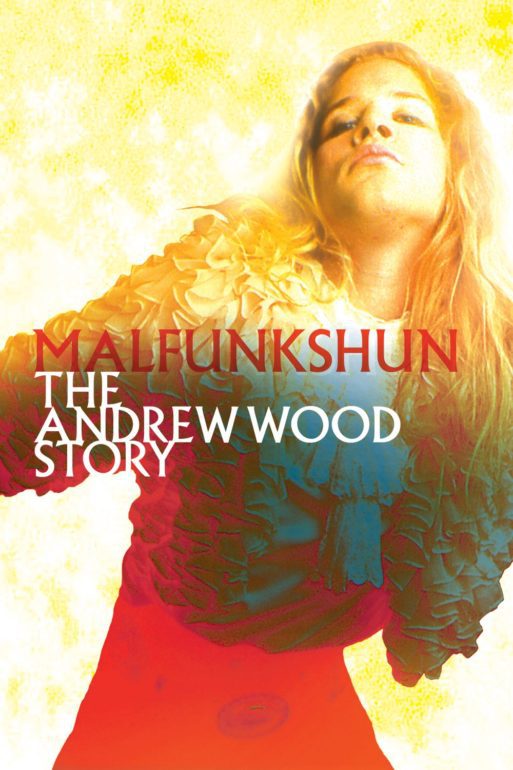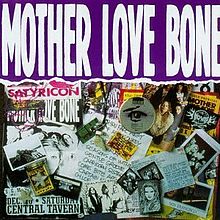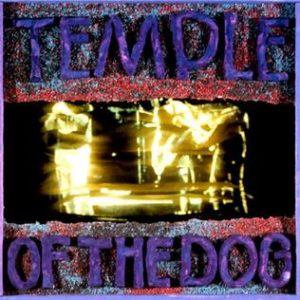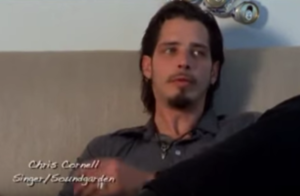 A brilliant young musician dies of a drug overdose, just one year before he would have reached international stardom. If this sounds like a tired trope, then you haven’t heard Andrew Wood’s full story. The Seattle musician was so much more than a talented young man cut off in the prime of his life — he had a rare genius that made him a magnetic figure in what would later be deemed the “Seattle grunge scene.” His life and sudden death made ripples in the world of music that linger even today.
A brilliant young musician dies of a drug overdose, just one year before he would have reached international stardom. If this sounds like a tired trope, then you haven’t heard Andrew Wood’s full story. The Seattle musician was so much more than a talented young man cut off in the prime of his life — he had a rare genius that made him a magnetic figure in what would later be deemed the “Seattle grunge scene.” His life and sudden death made ripples in the world of music that linger even today.
Director Scot Barbour attempts to capture Wood’s vibrant, sometimes tragic, life in his documentary, “Malfunkshun: The Andrew Wood Story.”
A Bright Future
For those unfamiliar with the history of Andrew Wood, he gained notoriety in the early 1980s as the enigmatic, outgoing frontman of seminal Seattle rock band, Malfunkshun. At the time, the term “grunge” hadn’t yet been coined by the international press, and Seattle was still a small port town without much going for it outside of Boeing. Although Wood got his start with Malfunkshun, his later band, Mother Love Bone, proved to be his golden ticket. The band was the prequel to a grunge supergroup, featuring guitarist Stone Gossard and bassist Jeff Ament, both of whom would go on to form Pearl Jam after Wood’s death.

Credit: wikimedia.org
And that’s where Andrew Wood’s story changes from one of stratospheric success into a Greek tragedy. In March 1990, one year after signing a major record deal with PolyGram, and just months before Mother Love Bone’s next album would be released, Andrew Wood died of an aneurysm after overdosing on heroin. He was just 24 years old.
Picking Up the Pieces
But like a flower blooming from a grave, his death sparked a renewed fervor in his friends and fellow Seattle musicians. Although their grief was primal and palpable, they channeled it into an incredible collection of music. The most popular of those tributes was the band Temple of the Dog, formed by Wood’s best friend and roommate Chris Cornell (lead singer of Soundgarden and Audioslave).

Credit: wikimedia.org
Scot Barbour decided to make the film after he heard Temple of the Dog’s first and only album. He wanted to answer the question, “What sort of incredible person could have inspired such beautiful, grief-stricken songs?”
In this sense, Barbour succeeded. Through intimate interviews with Wood’s friends and family, including Chris Cornell, Wood’s girlfriend Xana La Fuente, Jeff Ament and Stone Gossard, we begin to understand how an impish, cherubic singer could have influenced so many artists who would later go on to become megastars.
This isn’t just a documentary for fans of these bands. Although the documentary is a must-see for anyone who loves Mother Love Bone and the early Seattle scene, it goes beyond tiny little details that superfans can gobble up and treasure. It reminds us that even the brightest stars can suffer an internal struggle that few of us see. Listening to Andrew Wood’s music and hearing his friends describe their immense love for him reminds us how precious and fragile life can be, even when you’re 24 years old and have your entire, shining life ahead of you.
A Film Takes On New Meaning
Rewatching Barbour’s 2005 documentary today, the film takes on renewed meaning following the recent death of Chris Cornell. In some ways, it seems like Cornell’s entire career was dedicated to Wood’s memory. It feels like he picked up where Wood left off, and continued carrying his torch long after he was gone.

Chris Cornell being interviewed for Malfunkshun:
The Andrew Wood Story
Credit: Scot Barbour
There’s an unfortunate parallel to both of their lives, and not only due to their public struggles with addiction. Cornell’s fans were shocked to learn about his death last week; he seemed like he had everything going for him. He had a beautiful family, a successful career and an undeniable talent. But we can never know the internal struggles of others, even those we feel we know best.
When we mourn the loss of people like Wood and Cornell, we’re often coming to terms with our own mortality. The fact that two people with such talent and promise died under tragic circumstances reminds us that death, addiction and depression spare no one.
Yet Barbour’s documentary also reminds us that there’s hope, even in the midst of tragedy. The love Wood shared with his friends and family is evident in every tear in their eyes and playful smirk on their faces. Barbour perfectly captured on film how it feels to lose someone, but also how it feels to have loved them so deeply in the first place. Those memories remain long after Andrew Wood’s death.

 “Malfunkshun: The Andrew Wood Story” By Scot Barbour
“Malfunkshun: The Andrew Wood Story” By Scot Barbour


 Having an Estate Plan Is Essential – So Is Discussing It With Your Children
Having an Estate Plan Is Essential – So Is Discussing It With Your Children
 The Healing Sound of Singing Bowls
The Healing Sound of Singing Bowls
 “Summons” by Aurora Levins Morales
“Summons” by Aurora Levins Morales














